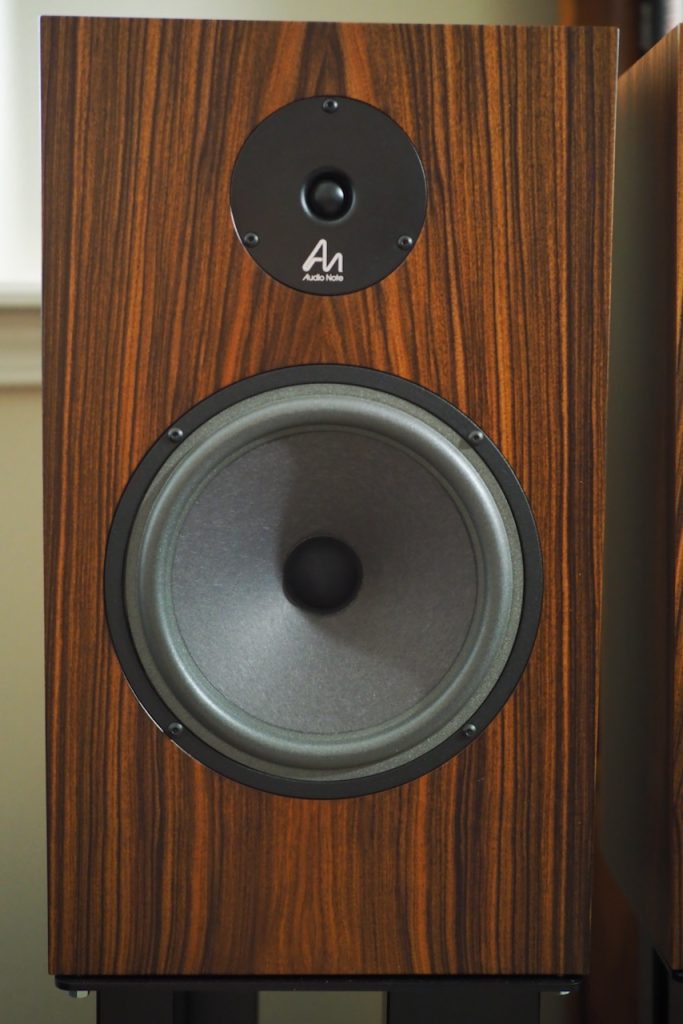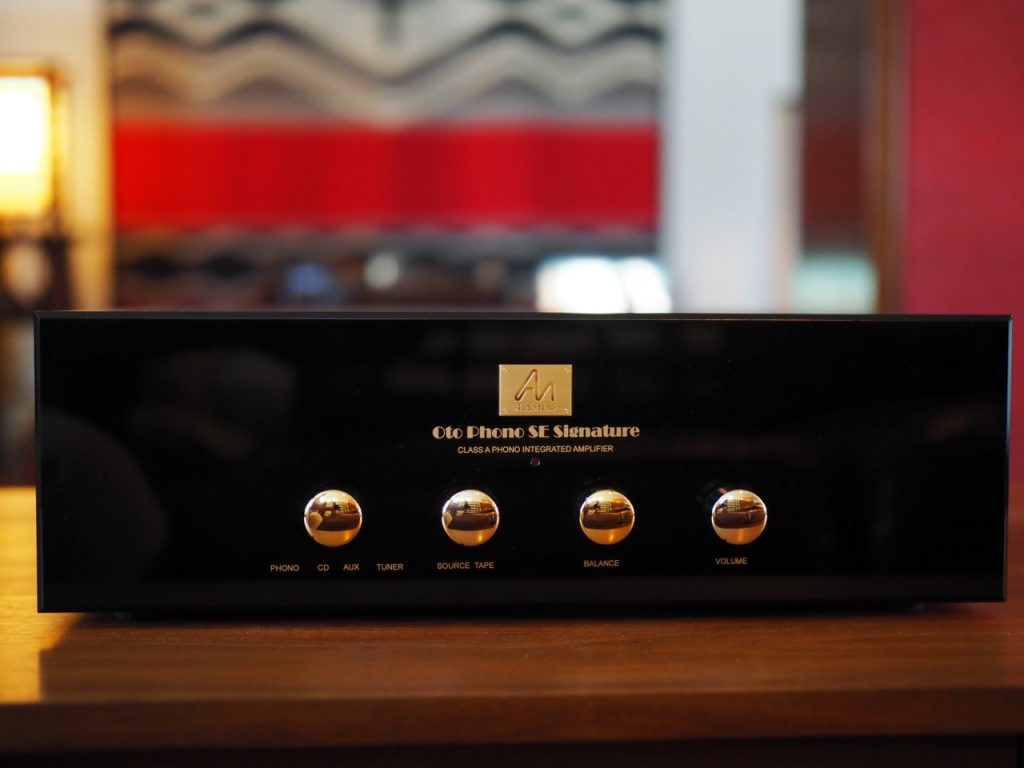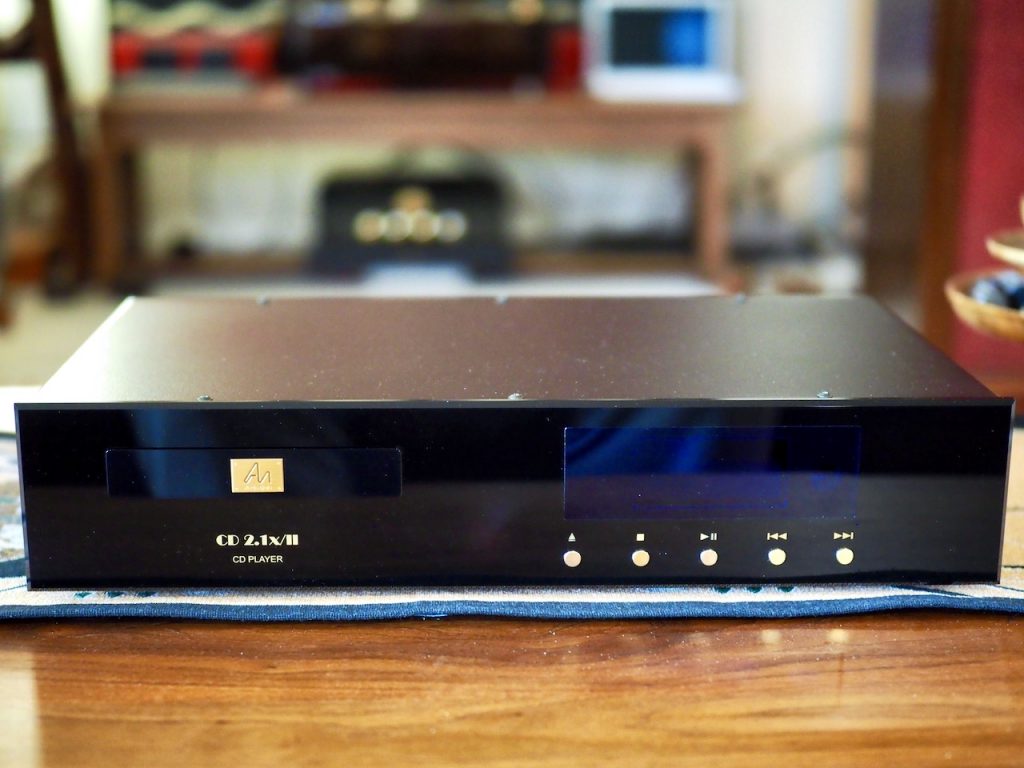The full article about the Audio Note (UK) AN-K/SPe loudspeakers is now available to read at Positive Feedback HERE.
As is my custom, I like to give you a 'review sneak peek' into my soon to be published feature articles for Positive Feedback.
This time the feature article 'sneak peek' is about the Audio Note (UK) AN-K/SPe loudspeakers.
The full article will be published at Positive Feedback in the next few weeks, so stay tuned for more!
Enjoy!
The Audio Note (UK) AN-K/SPe Loudspeakers!
Greeting friends, I hope you are doing well!
Today's article is about the Audio Note (UK) AN-K/SPe compact high-performance stand-mounted loudspeakers ($5665 USD per pair HERE), along with their intended AN-K stands ($936 USD per pair HERE).
The Audio Note (UK) AN-K/SPe Loudspeakers
The Audio Note (UK) AN-K/SPe loudspeakers are premium high-performance stand-mounted loudspeakers whose highish sensitivity (90dB) allows them to be driven by lower-powered amplifiers of about 7 watts or so.
There are four models of the AN-K loudspeakers: the AN-K/D, AN-K/LX, AN-K/SPe (this article), and AN-K/SPx SE.
The basic differences between the models are that the AN-K/D version has combination chipboard and MDF cabinets with a black ash veneer, while the AN-K/LX, the AN-K/SPe, and the AN-K/SPx SE have Finnish birch ply cabinets with multiple choices of wood veneers.
The crossovers are first order, hardwired, with air-cored chokes, bipolar capacitors, and copper (or silver) foil polypropylene capacitors. The crossovers differ among the four models in the internal cabling, inductors, and capacitors choices.
For example, the AN-K/D, AN-K/LX, and AN-K/SPe all have copper inductors, while the AN-K/SPx SE have silver inductors. Also, the AN-K model designations reflect the type of internal cabling used, where the AN-K/D has AN-D internal copper cables, the AN-K/LX has AN-LEXUS-LX internal copper cables, the AN-K/SPe has AN-SPe internal silver cables, and the AN-K/SPx SE has AN-SPx internal silver cables.
The technical specifications for the AN-K/SPe are as follows: 6 Ohms impedance, frequency response of 50Hz to 20KHz (+/-6dB in room), with a minimum recommended amplifier power of 7 watts, and a maximum amplifier power of 150 watts.
There are four binding posts for loudspeaker cables, one pair for high-frequencies, and one pair for low-frequencies, for those who wish to bi-wire or bi-amp the loudspeakers. Silver wire jumpers are supplied for those who prefer to use only a single pair of loudspeaker cables.
The AN-K/SPe loudspeakers feature a 3/4-inch tweeter, an 8-inch paper driver with copper voice coils, internal SPe silver cabling, copper inductors in the crossover, birch ply cabinets, and a choice of a variety of fine veneers (more about veneers HERE).
The AN-K/SPe loudspeakers Peter Qvortrup sent to me to write about were finished in satin-finished palisander (rosewood) book-matched veneers. The fit and finish of the loudspeakers were impeccable.
The loudspeakers dimensions are approximately 18 3/4 inches high, 10 3/4 inches wide, and 7 1/2 inches deep, and with each loudspeaker weighing in at 24.25 pounds (11Kg).
The design of the loudspeakers were based on the original Snell K loudspeakers designed by Peter Snell in 1983. However, the AN-K’s design was optimized to perform at their best in room boundary positions (i.e. room corners).
I asked Peter Qvortrup about optimizing the design of the AN-K loudspeakers for room boundary positioning:
“By having the transducers in a wide shallow cabinet, the dispersion is wide, and most importantly, very even, and as a result the first reflection is indistinguishable from the directly radiated sound when the speaker is placed close enough to the side walls of a corner.
Whilst the AN-K is not ported but an acoustic suspension, near wall or corner position still increases and linearizes the bass output.”
From my own perspective as a hi-fi enthusiast, there are a few other benefits worth mentioning about loudspeakers designed for room boundary positioning, and in my own home, typically three out of four of my audio systems have loudspeakers optimized for room boundary positioning.
One major practical advantage of loudspeakers designed for room boundary positioning is that it maximizes living space, as the loudspeakers don’t have to sit out in the middle of a room to work properly.
For those with smaller rooms, or for those who don’t want the appearance of their rooms to be dominated by loudspeakers sitting out in the middle of a room, loudspeakers designed for room boundary positioning are ideal.
Another advantage of loudspeakers designed for room boundary placement is that it mostly takes deleterious room effects on sound quality out of the equation, so you don’t have to worry about adding costly and unsightly room treatments to optimize loudspeaker performance.
I became aware of a third advantage of loudspeakers designed for room boundary placement during listening sessions for this review, one that will be particularly beneficial for those who like to listen to monaural recordings from early eras of the recording arts. More on this in a moment.
Review System
I’ll be telling you about the AN-K/SPe loudspeakers performance in the context they were designed for, room boundary placement, in an Audio Note (UK) audio system.
The Oto Phono SE Signature ‘Level Two’ integrated amplifier (review HERE) was used for amplification duties, and the CD 2.1x/II ‘Level Two’ Red Book CD player was used as the source (review HERE), which is a representative combination of ‘Level Two’ components an Audio Note (UK) customer might choose for their audio system.
I suspect that Audio Note (UK) copper interconnects and speaker cables would be a typical match for this particular audio system. However, I didn’t have the Audio Note (UK) copper cables here, so I pressed into service my usual Belden 8402 tinned-copper microphone cable interconnects and Duelund DCA16GA tinned-copper speaker cables as substitutes.
Instead of my usual larger primary music listening / living room where my Tannoy Westminster Royal SE loudspeakers reside, I installed this system into my smaller ‘guitar room’ where I practice my guitar. The room dimensions are approximately 11 feet wide by 11 feet deep by 9 feet high. My listening position was near the rear wall, at about 9.5 feet on the diagonal from the loudspeakers.
I thought this room would be a good “real room” environment for getting a feel for the room boundary design of the AN-K/SPe loudspeakers, and would be reasonably representative of the living space one might find in smaller apartments, or a smaller spare bedroom in a home.
After the loudspeakers were fully run-in at 100+ hours, I refined their positioning in the room corners to optimize their tonal balance, which for the right sidewall meant the room corner was formed by the intersection of a bookcase with the front wall of the room. Final positioning was about 9 inches out from the front wall, and 7 inches from the side walls.
I also experimented with the loudspeakers toe-in, ranging from the speakers facing straight ahead, to pointed directly at the listening position. I finally settled on a toe-in between those two positions, with the inner cabinet sidewalls being visible from the listening position, which I thought provided the most natural tonal balance.
Listening Impressions
Let’s do a little music listening, shall we?
Ok, that's it for now. The full feature review of the Audio Note (UK) AN-K/SPe loudspeakers for Positive Feedback will be published in the next week or two.
As always, thanks for stopping by, and may the tone be with you!

































